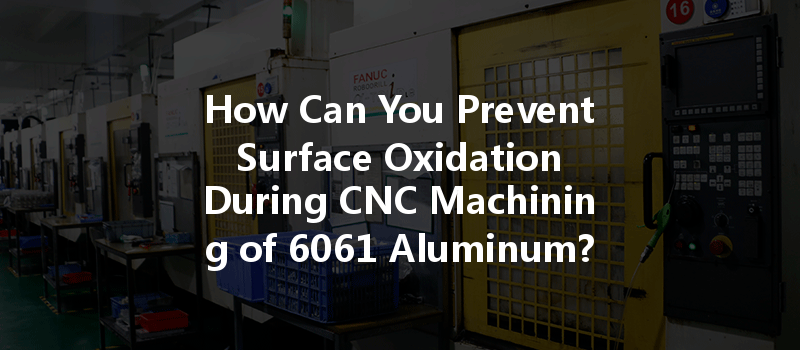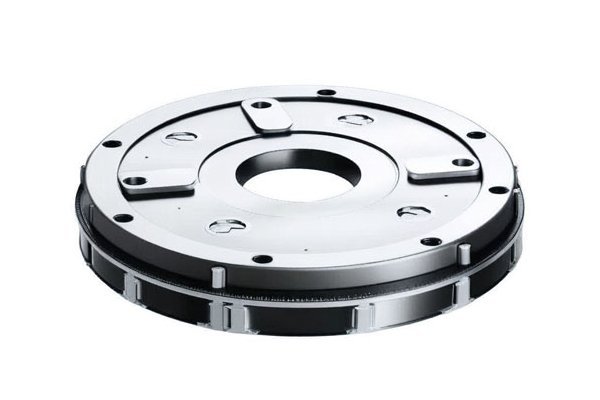Did you know that aluminum is the second most used metal in the world after steel? This lightweight and versatile material is found in everything from aerospace components to everyday consumer products. However, despite its widespread use, aluminum is susceptible to surface oxidation, especially during machining processes like CNC (Computer Numerical Control) machining. In this blog, we’ll explore strategies and technologies to prevent surface oxidation during CNC machining of 6061 aluminum, ensuring that your projects meet both aesthetic and functional standards.
Understanding Surface Oxidation
Surface oxidation is a natural chemical process wherein the metal reacts with oxygen in the presence of moisture, resulting in the formation of an oxide layer. For aluminum, this oxide layer can offer some protection against corrosion; however, excessive oxidation can compromise the surface finish and mechanical properties of the part.
Specifically in CNC machining, oxidation can lead to issues like:
These issues highlight the importance of preventing oxidation during the machining process.
The Importance of 6061 Aluminum
6061 aluminum is among the most commonly used aluminum alloys due to its excellent mechanical properties, good corrosion resistance, and weldability. As a versatile material, it finds applications in various industries, including automotive, aerospace, and marine.
However, when machining 6061 aluminum, the risk of surface oxidation remains a significant concern, especially under certain environmental conditions (such as elevated humidity) and machining practices. Hence, CNC machinists need to implement effective strategies to mitigate oxidation.
Factors Contributing to Oxidation in CNC Machining
Before diving into solutions, it is crucial to understand the key factors contributing to oxidation during CNC machining:
Understanding these contributing factors lays a foundation for effective solutions.
Strategies to Prevent Surface Oxidation
Choosing the right machining parameters plays a critical role in preventing oxidation:
Creating an inert atmosphere during machining can significantly reduce the risk of oxidation:

Applying suitable surface coatings can protect the aluminum from oxidation:
Proper handling and storage are crucial to preventing surface damage, which can exacerbate oxidation:
Regular upkeep of CNC machines is essential for optimal performance and oxidation prevention:
Consider implementing post-machining solutions to combat oxidation:
Employ cutting-edge machining technology to minimize oxidation effects:
Surface oxidation is a prominent issue in CNC machining of 6061 aluminum, affecting both performance and aesthetics. The solutions to this problem range from optimizing machining parameters and creating inert atmospheres to employing protective coatings and maintaining equipment.
Preventing oxidation is imperative not just for ensuring the quality and longevity of the machined parts but also for aligning with industry standards and customer expectations.
In conclusion, mastering the techniques and strategies outlined in this blog can significantly improve the outcomes of CNC machining projects involving 6061 aluminum, leading to enhanced product quality, reduced costs, and increased customer satisfaction. Being proactive in implementing these preventative measures can result in notable long-term benefits, making it a worthwhile investment for any machining operation.
Understanding and mitigating surface oxidation are vital in today’s manufacturing landscape. By staying informed and adapting professional practices, you can ensure exceptional results while safeguarding your materials’ integrity.
As you engage with this information, consider how these practices can fit into your operational strategies to combat oxidation and improve workflows in CNC machining, ensuring your projects consistently meet the highest standards.






